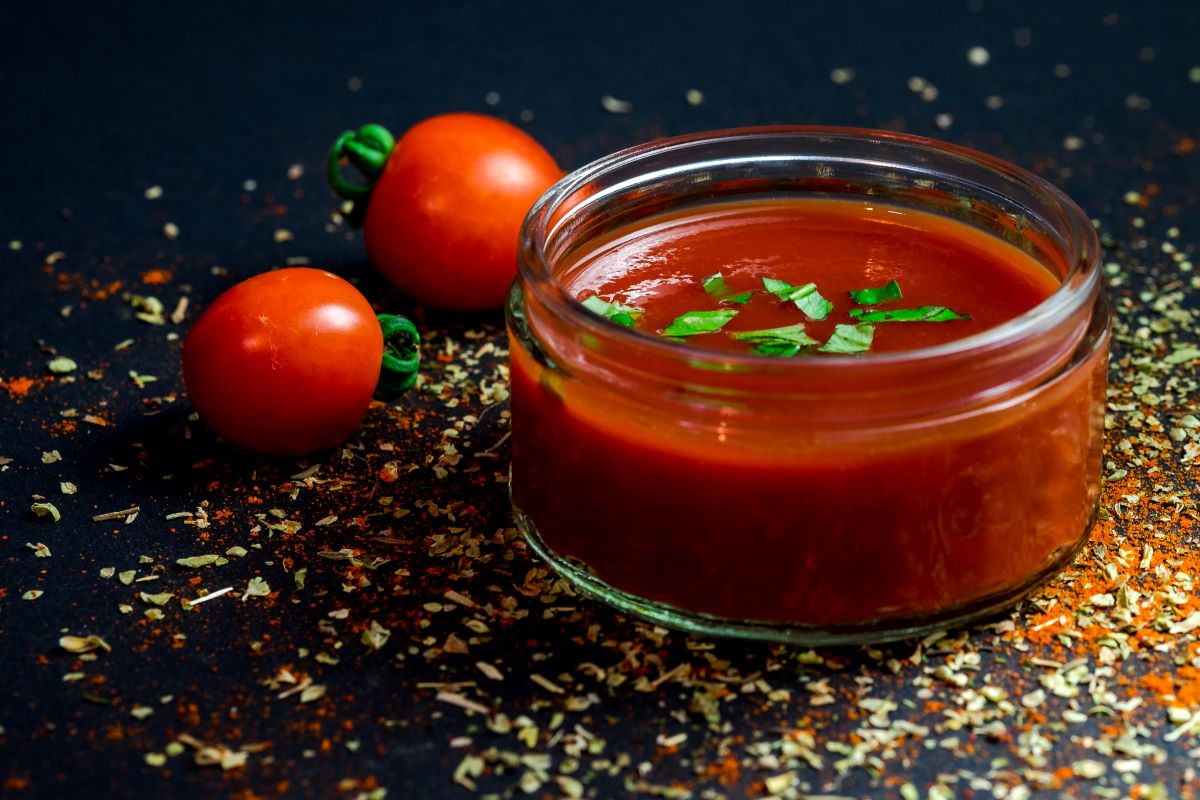

Articles
How To Store Leftover Tomato Sauce
Modified: December 7, 2023
Learn the best methods for storing leftover tomato sauce. Find helpful tips and tricks in this informative article.
(Many of the links in this article redirect to a specific reviewed product. Your purchase of these products through affiliate links helps to generate commission for Storables.com, at no extra cost. Learn more)
Introduction
Tomato sauce is a versatile ingredient that adds flavor and depth to a variety of dishes. Whether you made a big batch of homemade tomato sauce or have some leftover from a store-bought jar, knowing how to properly store it is essential to maintain its freshness and taste. In this article, we will guide you on how to store leftover tomato sauce to maximize its shelf life and flavor.
When it comes to storing tomato sauce, there are a few factors to consider, including the choice of container, cooling methods, freezing techniques, and tips for maintaining the quality of the sauce. By following these guidelines, you can ensure that your leftover tomato sauce stays delicious and ready to use whenever you need it.
So, without further ado, let’s dive dive into the details of storing leftover tomato sauce.
Key Takeaways:
- Properly storing leftover tomato sauce is crucial for maintaining its freshness and flavor. Choose the right container, cool it properly, and freeze it to maximize its shelf life and enjoy it in various dishes.
- When reheating frozen tomato sauce, thaw it slowly in the refrigerator or use the microwave’s defrost setting. Reheat gently, customize with herbs and spices, and enjoy its versatility in pasta, pizza, soups, and more.
Read more: How To Store Tomato Sauce
Choosing the Right Container
When storing leftover tomato sauce, choosing the right container is crucial to maintain its freshness and prevent any unwanted flavors or odors from seeping in. Here are some factors to consider when selecting a container:
- Airtightness: Opt for containers that have a tight-sealing lid to prevent air from entering and moisture from escaping. This helps to preserve the sauce’s flavor and texture.
- Material: Glass or food-grade plastic containers are ideal for storing tomato sauce. Avoid using containers made of materials that can react with acidic foods, such as aluminum or copper.
- Size: Choose a container that matches the quantity of tomato sauce you want to store. It’s best to leave some empty space at the top to allow for expansion if you plan to freeze the sauce.
Additionally, consider using smaller containers or portioning the sauce into individual servings. This way, you can thaw and use only what you need without having to defrost the entire batch.
It’s worth mentioning that using a container with a clear body can be advantageous, as it allows you to easily identify the contents and check for any signs of spoilage or freezer burn.
Overall, the key is to choose a container that is sturdy, airtight, and made from safe materials to ensure optimum storage conditions for your leftover tomato sauce.
Cooling and Storing Fresh Tomato Sauce
If you’ve just made a fresh batch of tomato sauce and want to store it for future use, the cooling and storing process is vital to maintain its quality. Here’s how to do it:
- Cooling: Before transferring the tomato sauce to a storage container, allow it to cool completely. Leaving hot sauce in a sealed container can form condensation, leading to bacterial growth. To speed up the cooling process, you can place the pot of sauce in an ice bath or divide it into smaller portions.
- Storing: Once the sauce has cooled, transfer it to an airtight container. Fill the container, leaving about half an inch of headspace to accommodate any expansion during freezing or refrigeration. Seal the container tightly to prevent air from entering and place it in the refrigerator or freezer, depending on your intended use.
If you plan to use the sauce within a few days, refrigeration is the most suitable method. Fresh tomato sauce can last up to a week when stored properly in the refrigerator. However, if you don’t anticipate using the sauce in the near future, freezing is the best option for long-term storage.
Remember to label the container with the date of preparation to keep track of its freshness. Properly stored fresh tomato sauce can retain its quality and flavor for up to three months in the freezer.
By following these steps, you can ensure that your freshly made tomato sauce remains safe and delicious for future use.
Freezing Tomato Sauce
Freezing tomato sauce is a convenient way to extend its shelf life and have it ready for later use. Follow these steps to properly freeze your tomato sauce:
- Prepare the sauce: Ensure that the tomato sauce is fully cooled before freezing. If you have a large batch, consider dividing it into smaller portions for easier thawing and usage.
- Choose freezer-safe containers: Use airtight and freezer-safe containers or freezer bags to store the tomato sauce. Make sure the containers are made of sturdy materials to prevent any leaking or freezer burn.
- Portion and label: Divide the sauce into individual serving-sized portions or as desired, leaving some space at the top for expansion during freezing. Label each container with the date of freezing to keep track of its freshness.
- Remove air bubbles: If using containers, make sure to tap them gently or run a knife through the sauce to release any air bubbles trapped inside. This helps to prevent freezer burn and maintain the sauce’s quality.
- Seal and freeze: Seal the containers or bags tightly, removing as much air as possible before closing. Place them in the freezer on a flat surface, ensuring they are stacked securely and won’t topple over.
Properly frozen tomato sauce can retain its quality for up to six months. However, for the best taste and texture, try to use it within three months.
When it comes to thawing the frozen tomato sauce, you have a couple of options. The first is to transfer the sauce to the refrigerator and let it defrost slowly. This method is ideal if you have time to plan ahead. The second option is to use the defrost function on your microwave, following the manufacturer’s instructions. Once thawed, give the sauce a good stir to ensure it’s evenly heated.
Remember, once the frozen tomato sauce is thawed, it should be used within a few days and not refrozen. So, portion it accordingly to avoid wastage.
By properly freezing your tomato sauce, you can have a ready-to-use ingredient whenever you need it, saving time and reducing food waste.
Store leftover tomato sauce in an airtight container in the refrigerator for up to 5 days. For longer storage, freeze in a freezer-safe container for up to 3 months. Be sure to label and date the container for easy reference.
Tips for Properly Storing Leftover Tomato Sauce
To ensure that your leftover tomato sauce stays fresh and maintains its quality, here are some valuable tips to keep in mind:
- Cover and refrigerate promptly: After using the tomato sauce, transfer any leftovers to an airtight container and refrigerate them promptly. Leaving the sauce at room temperature for an extended period can promote bacterial growth and compromise its safety.
- Consume within a few days: Leftover tomato sauce should be consumed within three to four days when stored in the refrigerator. Discard any sauce that shows signs of mold, an off smell, or unusual coloration.
- Avoid cross-contamination: When serving tomato sauce, never double-dip or use a utensil that has touched other food items, as it can introduce bacteria into the sauce. Instead, always use a clean spoon or ladle to scoop out the desired amount.
- Keep it separate: If you have leftover tomato sauce that you plan to freeze, consider storing it in small individual servings or in ice cube trays. This way, you can defrost only the amount you need without wasting any sauce.
- Label and date: Whether you’re refrigerating or freezing the leftover tomato sauce, be sure to label each container with the date so you can easily track its freshness. This practice will help you prioritize sauces that need to be used sooner.
- Use proper storage containers: When refrigerating or freezing leftover tomato sauce, opt for airtight containers or freezer bags to prevent air exposure and contamination. Make sure the containers or bags are specifically designed for freezer use to avoid freezer burn.
- Reheat with care: When reheating the refrigerated or frozen tomato sauce, do so slowly and evenly to prevent scorching or burning. You can reheat it on the stovetop over low heat or in the microwave, stirring occasionally to distribute the heat.
By following these tips, you can ensure that your leftover tomato sauce remains safe and enjoyable for future use, whether stored in the refrigerator or freezer.
Read more: How To Store Homemade Tomato Sauce
Reheating and Using Frozen Tomato Sauce
When it comes to using frozen tomato sauce, proper reheating techniques will help you revive its flavors and ensure a delicious meal. Here’s how to thaw and use frozen tomato sauce:
- Thawing: If you have time, the best way to thaw frozen tomato sauce is to transfer it from the freezer to the refrigerator. Allow the sauce to thaw slowly overnight or for several hours until completely defrosted. Thawing in the refrigerator helps maintain the sauce’s texture and flavor.
- Thawing in a microwave: If you’re short on time, you can use the defrost setting on your microwave to thaw the tomato sauce. Follow the manufacturer’s instructions for the appropriate time and power level. Be cautious and stir frequently to ensure even heating and prevent any hot spots.
- Reheating: Once the tomato sauce is fully thawed, it’s time to reheat it for use. You can do this on the stovetop or in the microwave, depending on your preference. Heat the sauce gently on low to medium heat, stirring frequently to prevent sticking or scorching.
- Seasoning and customization: Adding herbs, spices, or other ingredients to the reheated tomato sauce can enhance its flavor profile. Consider adding fresh basil, oregano, garlic, or crushed red pepper flakes to customize the sauce to your liking.
- Versatile usage: Reheated frozen tomato sauce can be used in a variety of dishes. You can mix it into pasta for a quick and easy meal, use it as a base for pizza sauce, or incorporate it into soups, stews, or casseroles to add a burst of flavor.
Remember, never refreeze thawed tomato sauce, as it can compromise the quality and safety of the sauce. Instead, use only the amount you need and refrigerate any leftovers promptly.
By following these steps, you can easily thaw, reheat, and utilize your frozen tomato sauce to create delicious meals in no time. Enjoy the convenience and flavor of your homemade sauce without the hassle of starting from scratch!
Conclusion
Properly storing leftover tomato sauce is essential to ensure its freshness, quality, and safety for future use. By following the guidelines provided in this article, you can maximize the shelf life of your tomato sauce and enjoy its delicious flavors in various dishes.
Choosing the right container, whether it’s an airtight glass or food-grade plastic, is the first step in storing tomato sauce properly. Be sure to cool the sauce completely before transferring it to the container, and consider portioning it into individual servings for ease of use.
If you’re planning on using the sauce within a few days, refrigeration is the best option. However, if you want to extend its shelf life, freezing is the way to go. Just remember to use freezer-safe containers or bags and label them with the date for easy tracking.
To make the most of your leftover tomato sauce, follow proper thawing and reheating techniques. Thaw frozen sauce in the refrigerator or use the defrost setting on your microwave, then gently reheat it on the stovetop or in the microwave, stirring frequently to ensure even heating.
With these tips, you can confidently store and use leftover tomato sauce, avoiding waste and saving time in the kitchen. Whether you’re enjoying it straight from the refrigerator or utilizing it in a variety of dishes, your stored tomato sauce will be a convenient and flavorful addition to your culinary creations.
So, the next time you have some leftover tomato sauce, remember these storage tips to maintain its freshness and make the most out of its delicious taste. Enjoy the convenience and versatility of having tomato sauce on hand whenever you need it!
Frequently Asked Questions about How To Store Leftover Tomato Sauce
Was this page helpful?
At Storables.com, we guarantee accurate and reliable information. Our content, validated by Expert Board Contributors, is crafted following stringent Editorial Policies. We're committed to providing you with well-researched, expert-backed insights for all your informational needs.

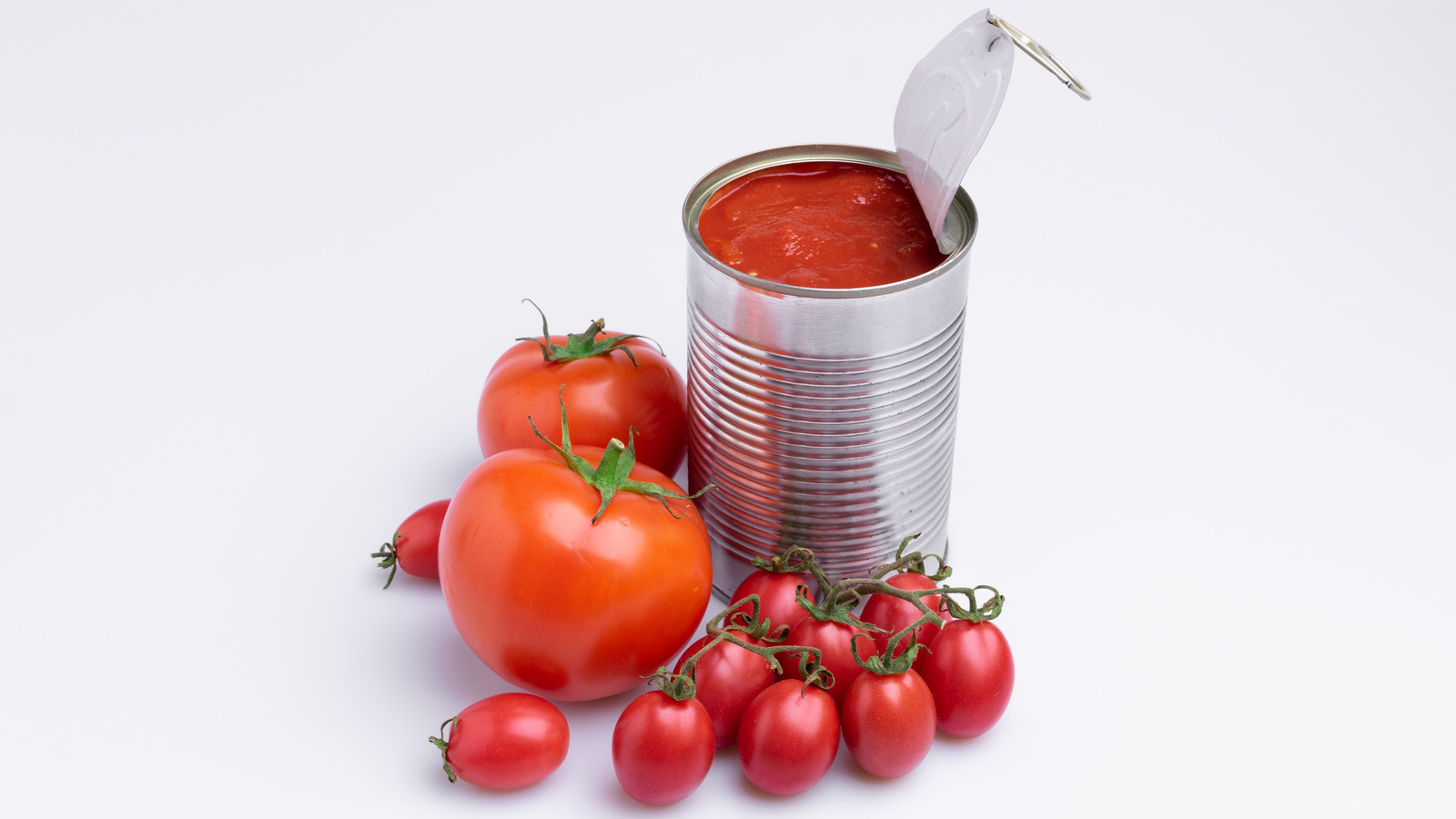
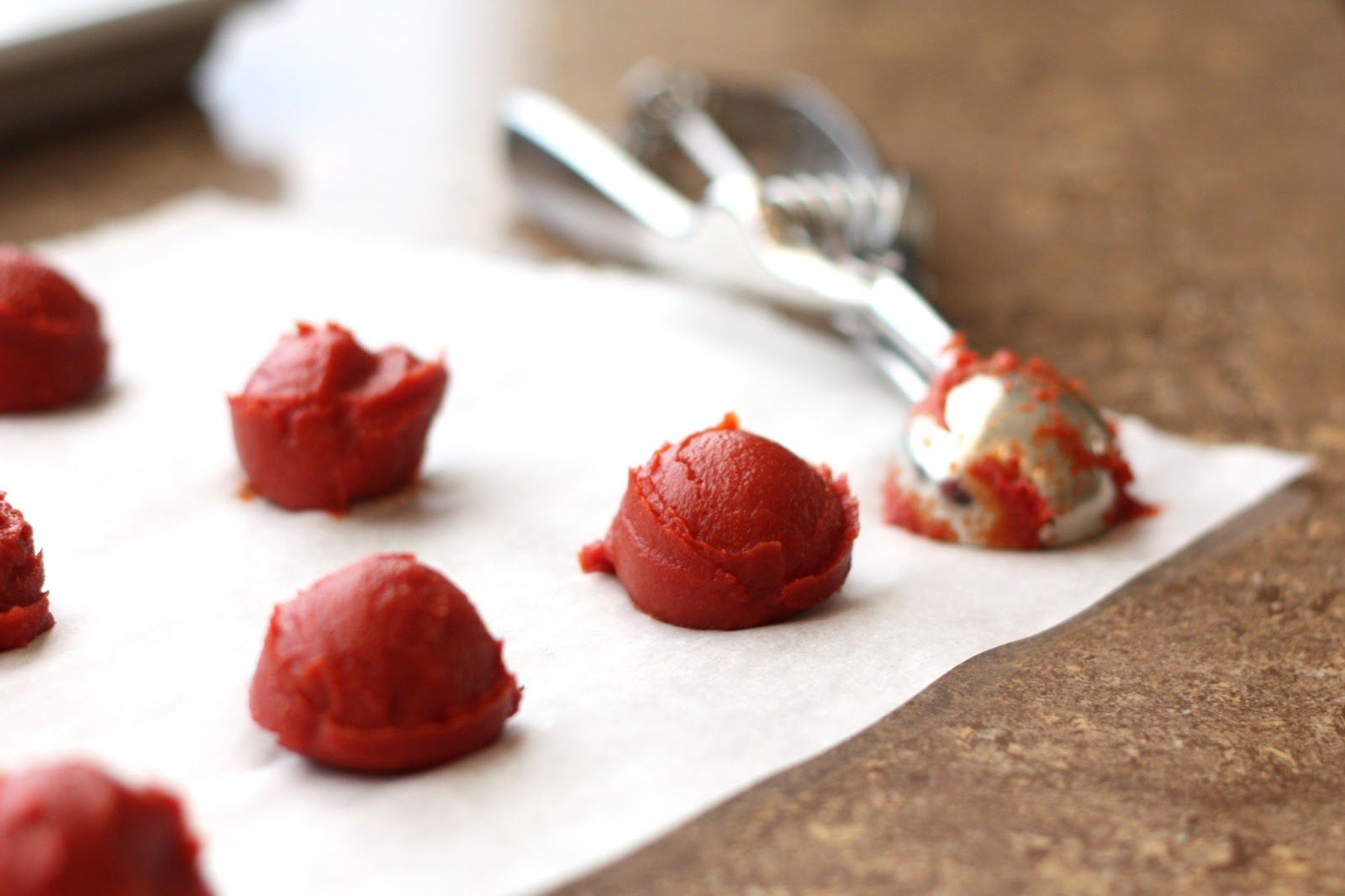
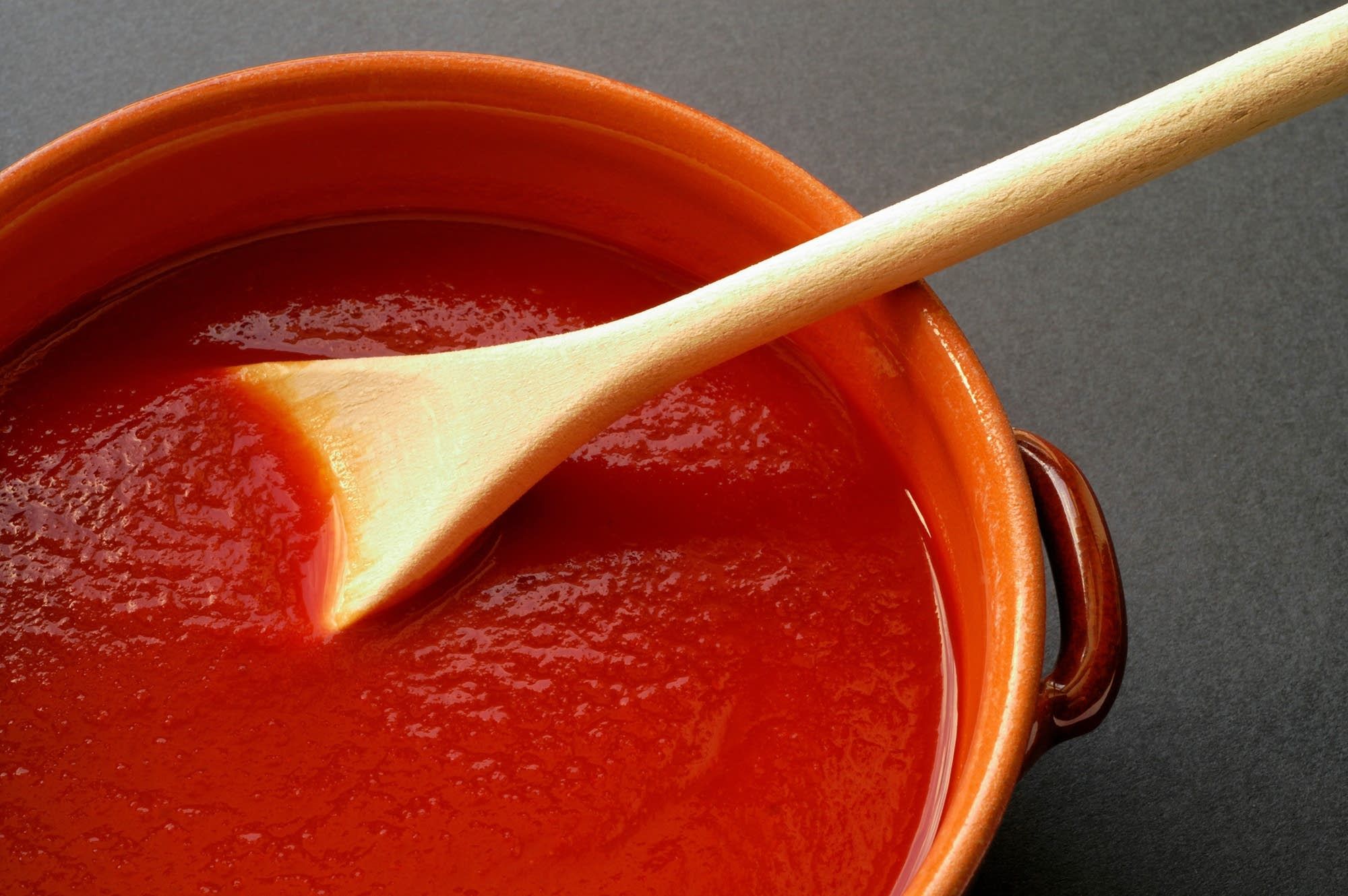
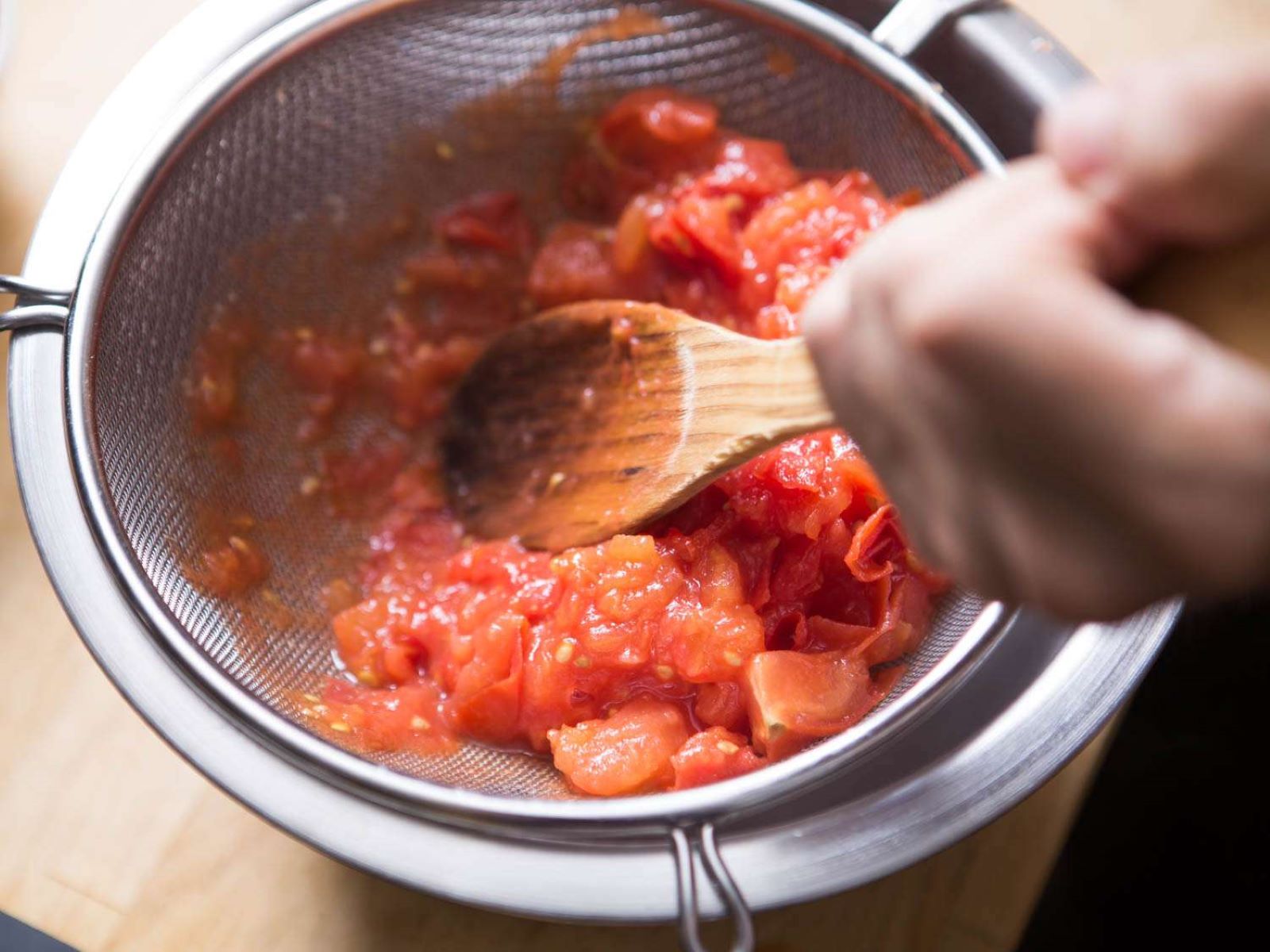

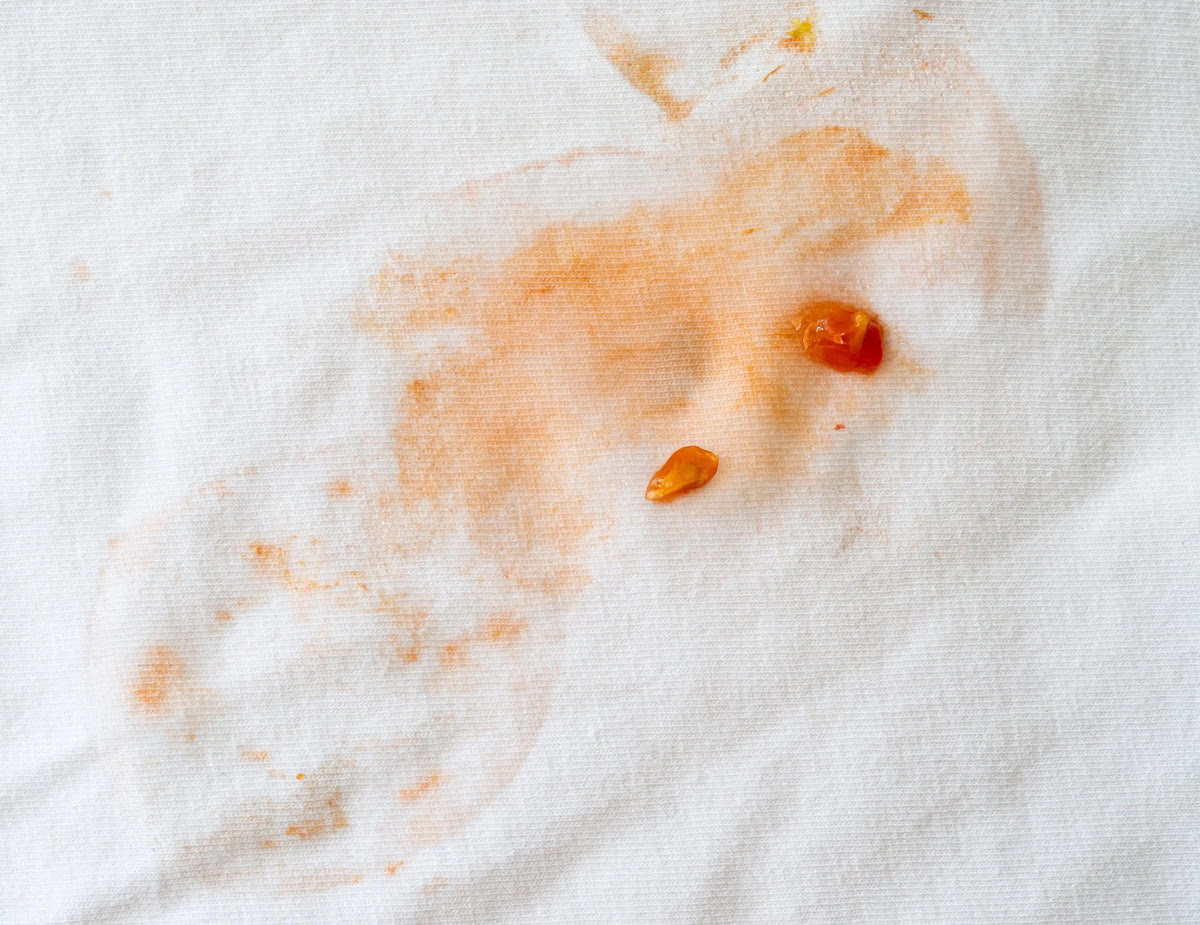
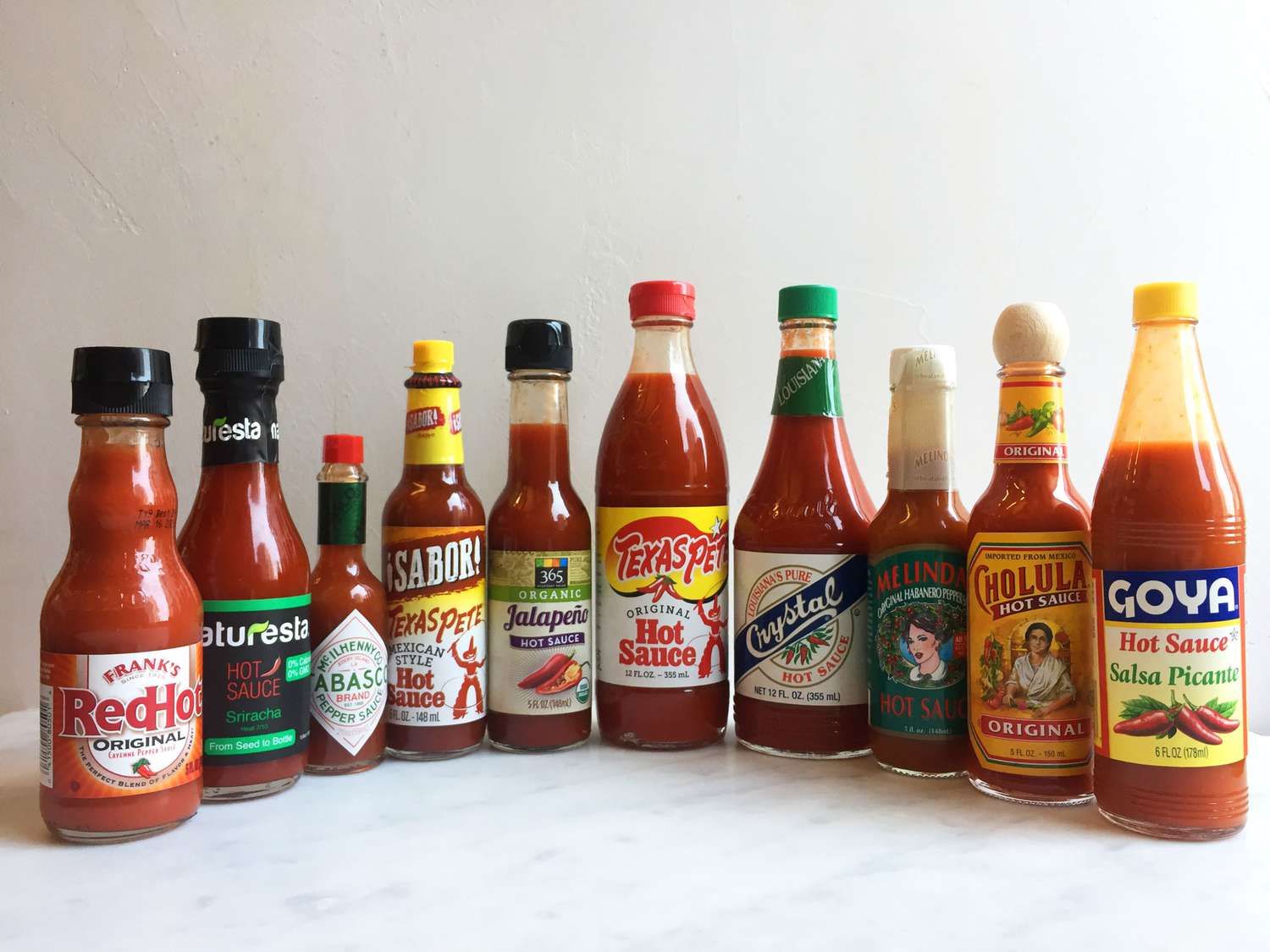
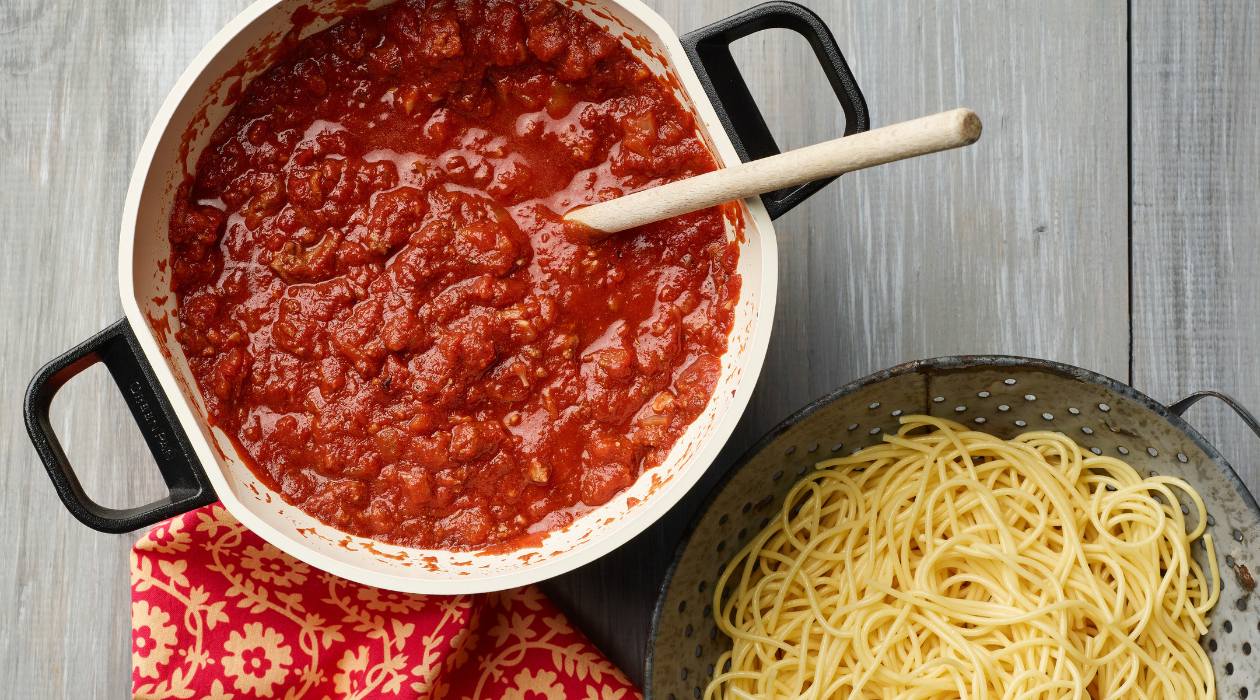


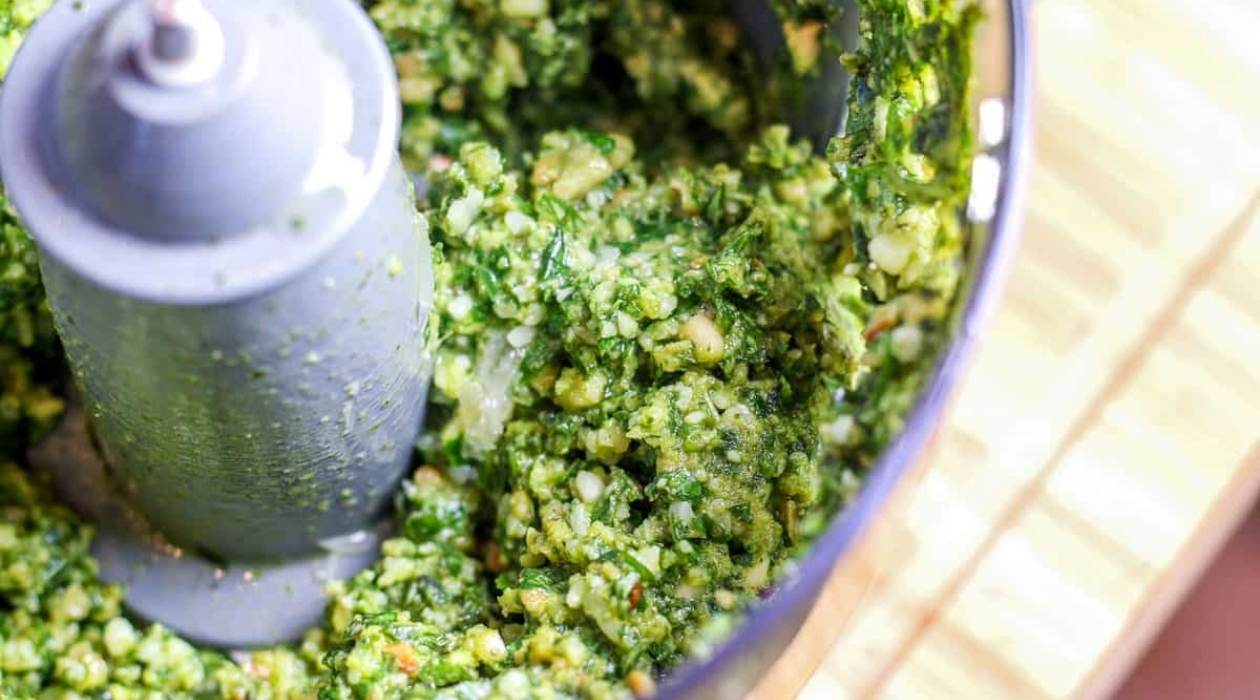



0 thoughts on “How To Store Leftover Tomato Sauce”